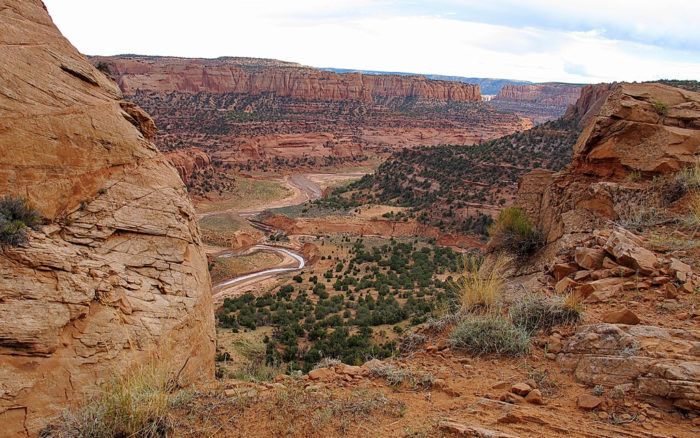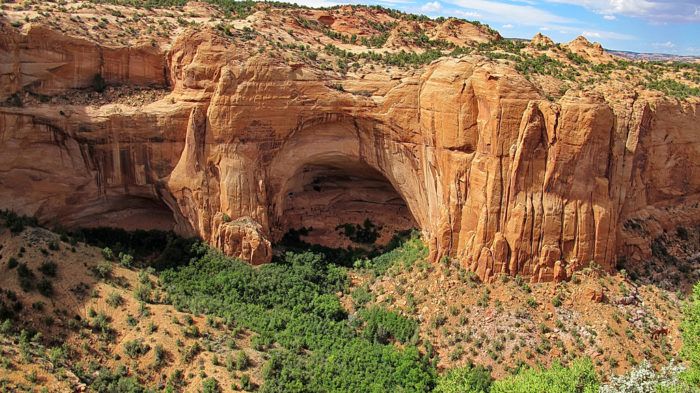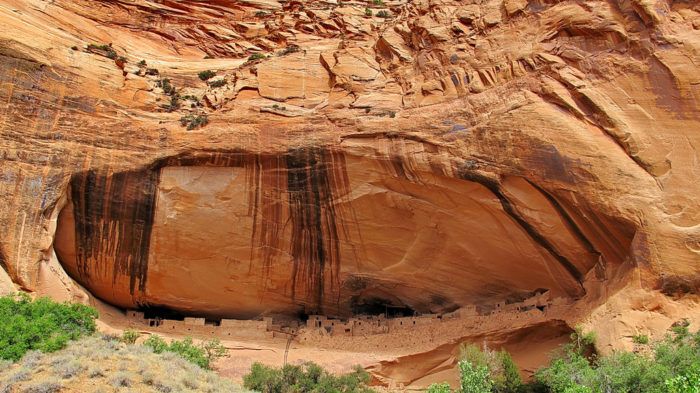Glimpse the Most Well Preserved Ancient Dwellings in the Southwest

When we think of caves, we think of a variety of things. The dark. Grizzly bears in the middle of hibernation. Maybe even the Batmobile. We might also think of geological formations, things like the stalagmites we learned about in high school biology when we were sort of paying attention as the teacher babbled on.
But, despite our preconceived notions, caves aren’t always the dark, scary places we’ve painted them to be. This is especially true when they’re located in Arizona. Situated in a canyon, the caves of Arizona are both small and large caverns that have served many purposes over the years. They’ve even served as houses to ancient people.
Century-old dwellings where ancient Puebloans once lived are located throughout Arizona, as well as other places in the Southwest United States. Some of the best preserved of these dwelling sit inside of the Navajo National Monument, a national monument on 360 acres located near the city of Kayenta.
The Navajo National Monument is nestled inside Tsegi Canyon, on a road between Monument Valley and Tuba City. Here, three old ruins are most famous, including Keet Seel. Inside the canyon, Keet Seel sits within a shallow cave. It is named for the Navajo word “Pottery Sherds” and it turns out the name is apt: pottery shards are found everywhere in the area. Some people also translate the words “Keet Seel” to mean “broken house.”
To get here, hikers must travel 17 miles round trip on a guided tour. Some of the more daring hikers (or the more crazy hikers) make the trip in one day, but most opt to stay overnight, stopping in the middle. The hike is often difficult, with a steep walk down the canyon and several rough switchbacks hikers must maneuver.
Certain parts of the trail even contain quicksand. It may sound scary, but it turns out quicksand isn’t as dangerous as the movies have taught us: the odds of it sucking you into the ground are pretty nonexistent. Rather, the danger exists in its ability to disturb things like bridges and roads and cause them to collapse. Of course, you can technically get stuck inside of it, but you probably won’t wake up inside the Pacific Ocean.
The hike eventually takes you to the ruins and gives a glimpse of what life would have been like inside an ancient dwelling. The area also features a visitor center (with a museum), two self-guided mesa top trails, two campgrounds, and a picnic area for anyone who wants to grab a bite.
These dwellings go all the way back to around the 13th century and historians and anthropologists consider them the most well-preserved ruins in the region. This is likely due to the climate: the extremely dry weather allows preservation where rain would wash it away. It’s also among the largest of the dwellings: for roughly two decades, it housed around 150 people belonging to the Anasazi nation.
Certain parts of the grounds are off-limits to the public, helping to preserve the beauty even longer.












